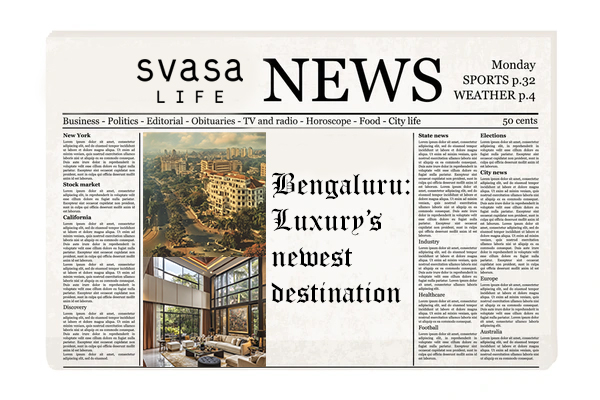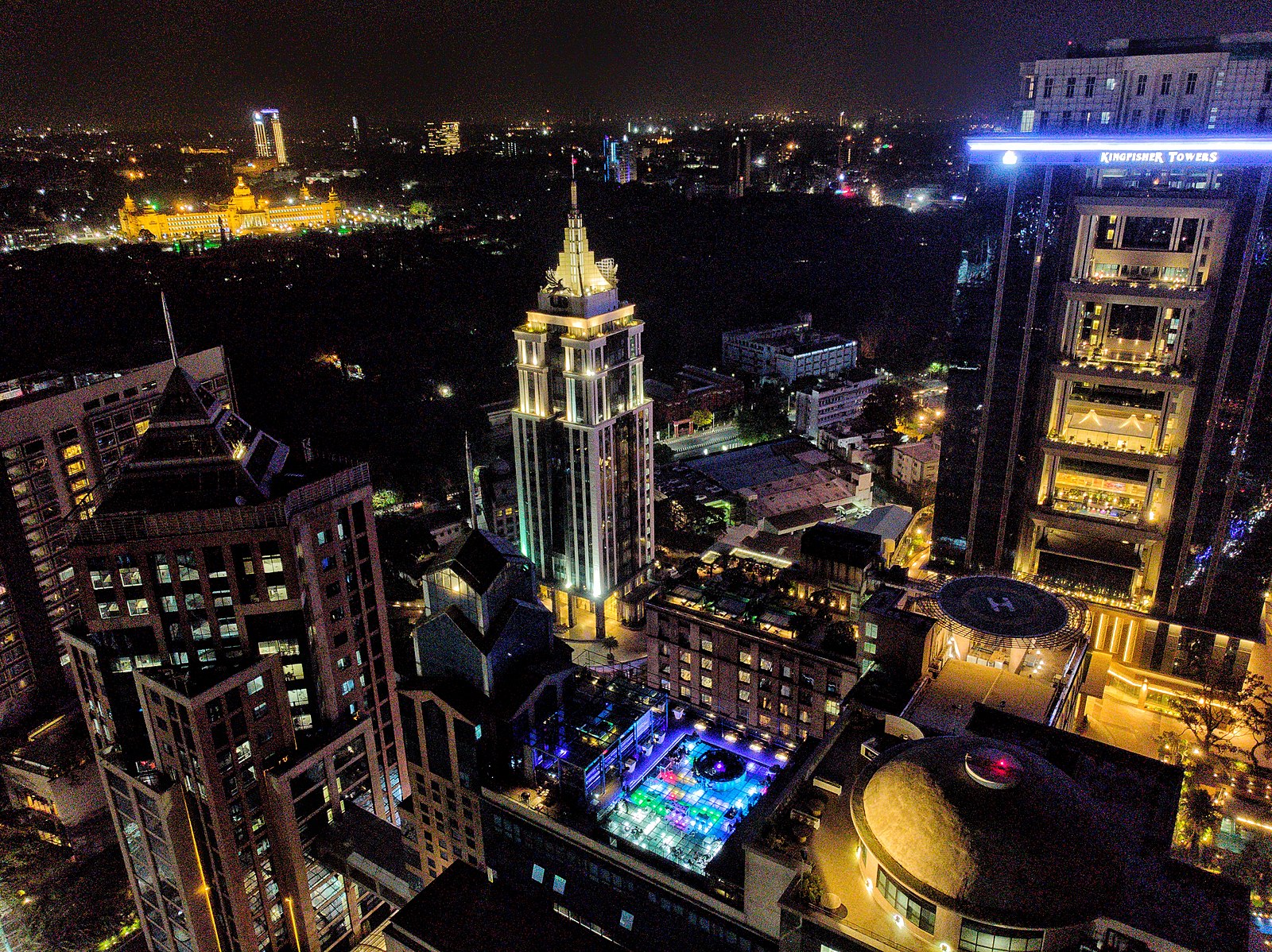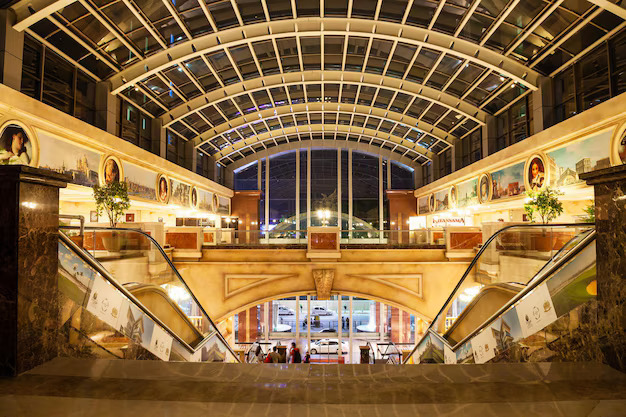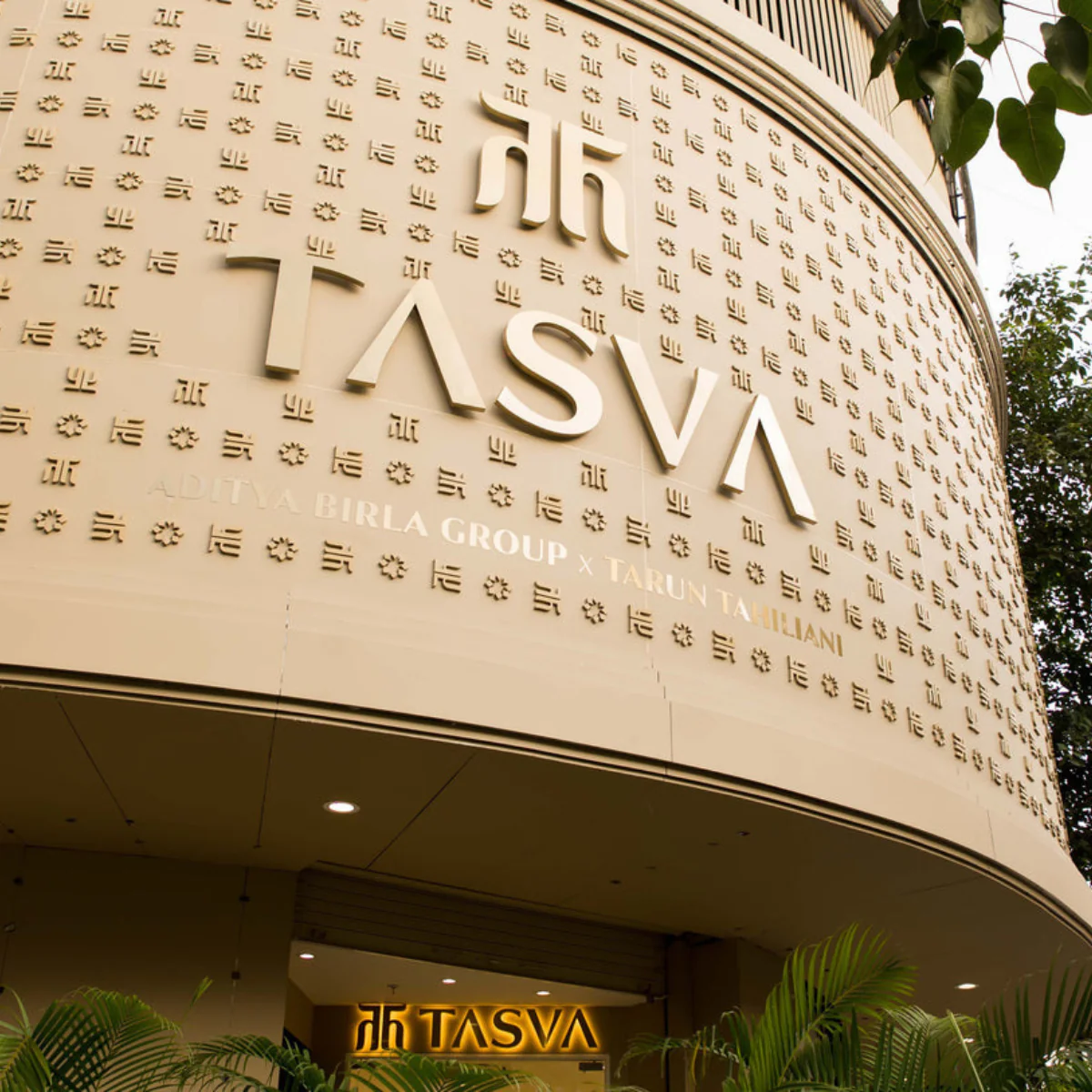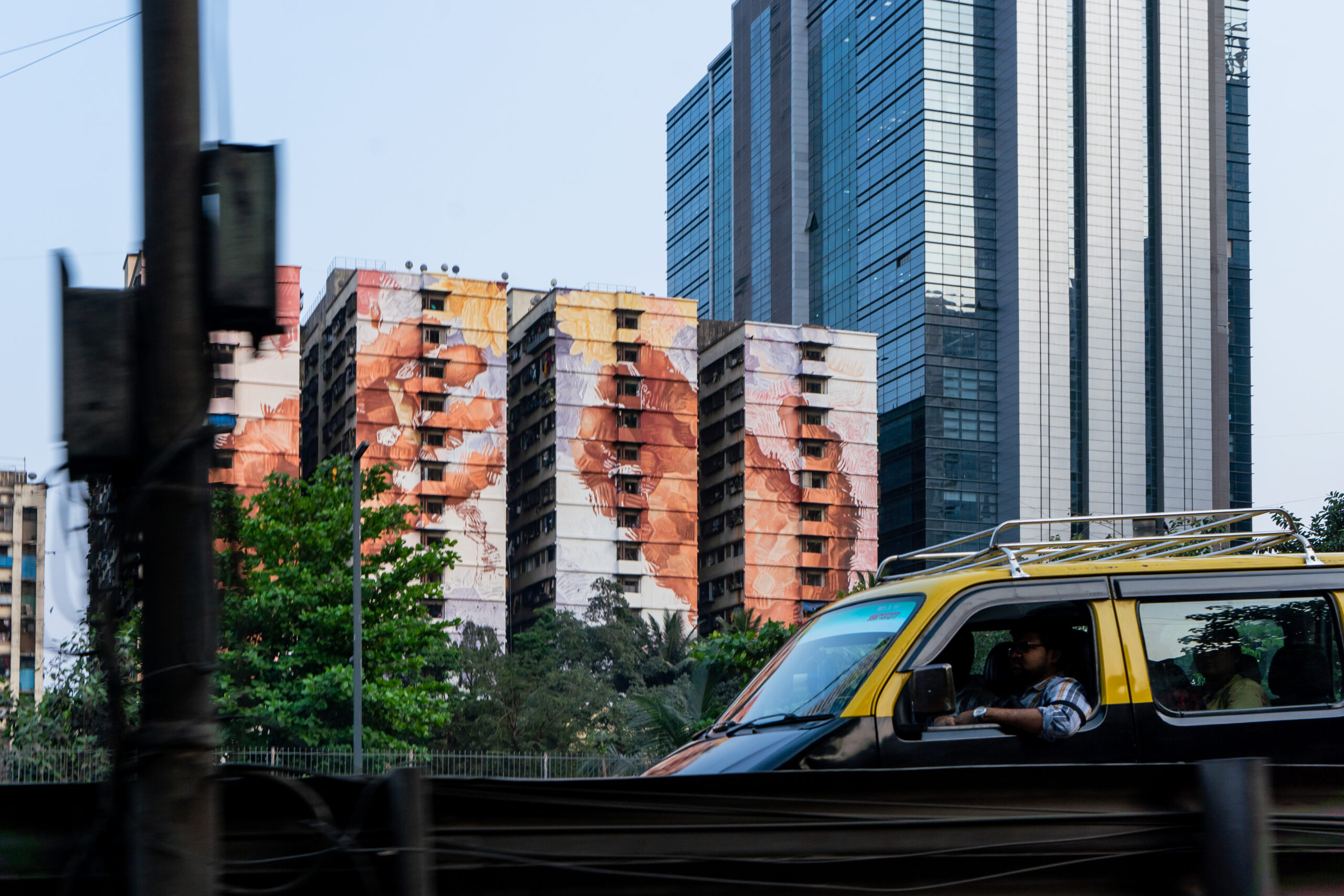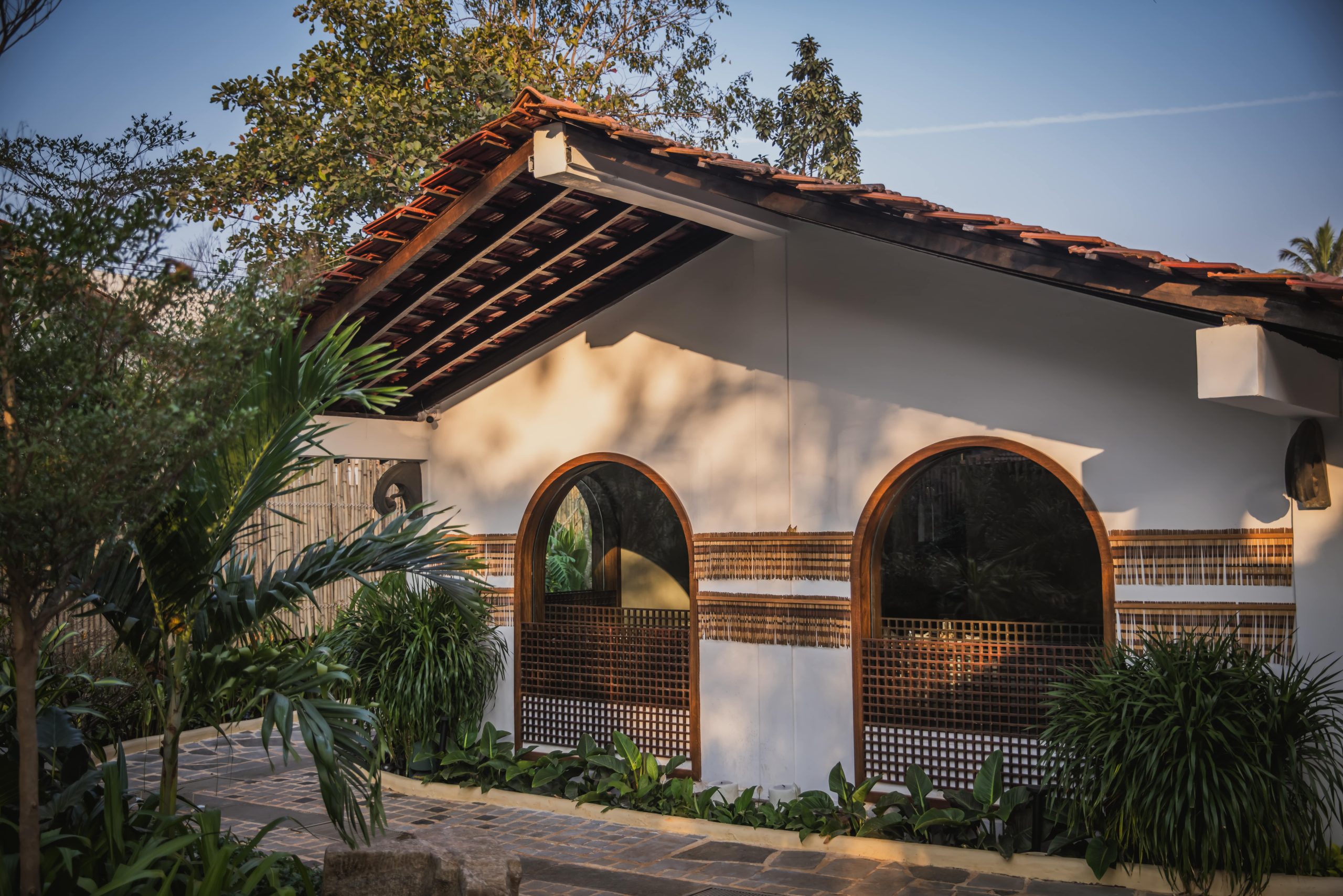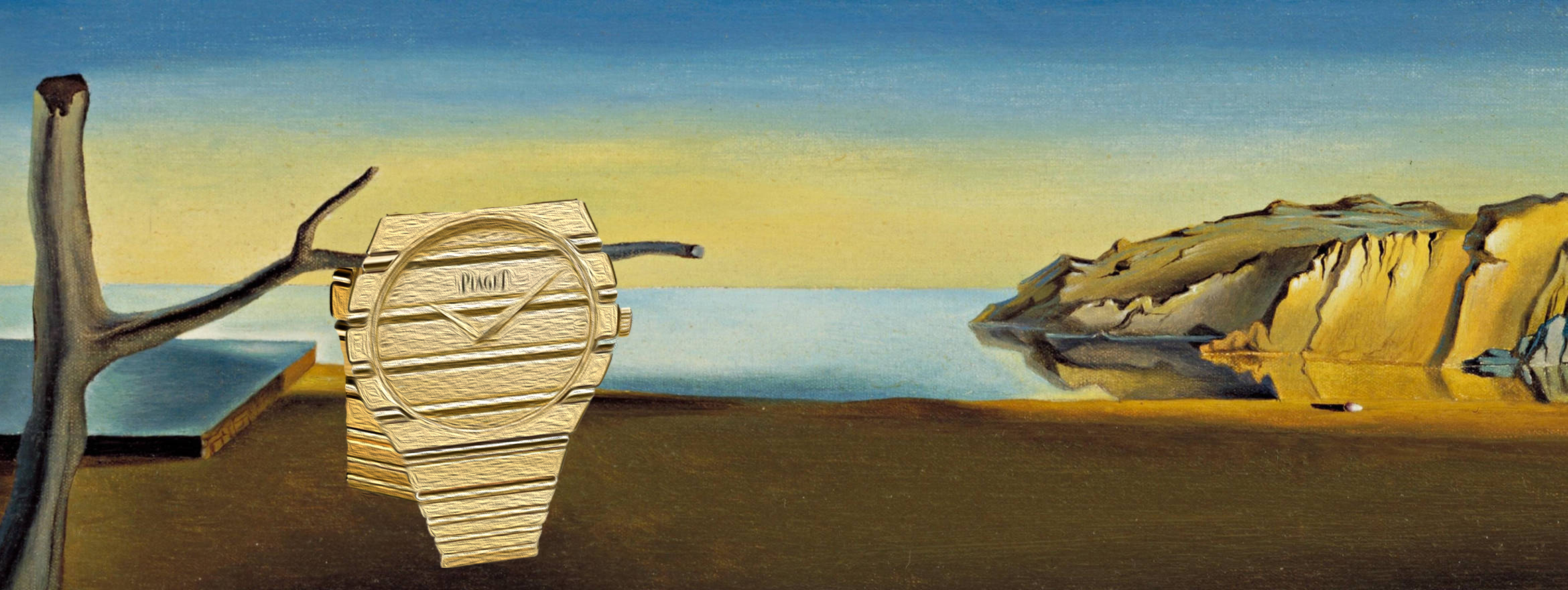According to management consulting firm Bain & Company, India is flagged as a “rising star” in the global luxury goods retail space. Overall spend is expected to hit USD 26.8 to 32.2 billion by 2030, compared to less than €8 billion in 2022. In this upbeat scenario, urban markets like Bengaluru play a significant role. When it comes to the cities, Mumbai and Delhi NCR are India’s two largest luxury and retail markets, and southern cities like Bengaluru are emerging as new centres for luxury.
Bengaluru was transformed from a modest pensioner’s paradise into a tech-driven economic powerhouse over the last three decades by a growing number of entrepreneurs, industrialists, financiers and their generational heirs who grew accustomed to a luxe lifestyle. Besides inheriting the family fortune, many of them are already high-earning professionals in their own right. Henley and Partners, a HNWI residency service provider, published a report in 2023, stating that a combination of technology, manufacturing capabilities as well as start-up wealth is driving the city up the ladder of Indian cities with the highest number of high-net-worth individuals (HNWIs).
Tech-driven economic powerhouse — Bengaluru.
“Bengaluru boasts 12,600 millionaires, 50 centi-millionaires and 8 billionaires, making it the third richest city in India, behind Mumbai and Delhi and just ahead of Hyderabad and Kolkata,” says the report.
“[Bengaluru] has become more than a dynamic tech hub. It’s a centre of wealth and an engine of ambition for the country. An increasing number of individuals are pushing discretionary expenditure even in smaller areas, leading to a surge of premium international luxury labels making their way to [Bengaluru]. In fact the city’s entrepreneurial culture has made it an ideal hub for luxury consumption,” says Uzma Irfan, Director, Corporate Communications, Prestige Group — who launched UB City Bengaluru’s first luxury mall in 2008. They brought in some of the big international names in fashion, from Louis Vuitton and Burberry, to Canali and Rolex, along with dining and entertainment options for Bengaluru’s big spenders. Of Louis Vuitton’s four stores in India, only one is located outside of Mumbai and New Delhi. The French mega-brand opened its boutique in the UB City mall before closing their Chennai store in 2014.
[Inside] UB City Bengaluru.
Bengaluru’s growing appetite for international luxury and bridge-to-luxury brands is also evident with the Phoenix Mall of Asia, opening in October 2023. It spans 13 acres and offers more than 200 national labels and 160 international brands across beauty, fashion and lifestyle. In 2011, the same group entered Bengaluru with the launch of Phoenix Market City in Whitefield, tapping into the spending power of a young working population with relatively high disposable incomes. Last year, Apple leased a huge office space in the city, central to the company’s plan to manufacture a quarter of all iPhones in India by 2025, according to a report by JP Morgan.
However, experts also point to the city’s reputation as a more conservative market, where an emphasis is often placed on local luxury categories such as gold, silk saris and jewellery, suggesting that the famed “techie” consumer, who skews casual in style, is comparatively cautious about luxury goods spending.
“[Bengaluru] techies tend to invest more in real estate and stock markets than in luxury shopping, but they are evolving into shopping at stores like The Collective (the Aditya Birla Fashion & Retail Limited-owned chain selling international brands) and Indian designer stores like Shantanu & Nikhil, Abraham & Thakore and Tarun Tahiliani’s Tasva, which offer affordable luxury,” says Fashion Guru Prasad Bidapa. He adds, “In addition to ‘new money’ customers, there are also ‘old money’ clients with distinct spending habits since [Bengaluru] was a prosperous centre for large industries like machine tooling and garment manufacturing long before it became a tech hub.”
(L-R) Storefront — Tasva; [Inside] Abraham & Thakore’s store.
“For the city’s established luxury clientele — two major factors contribute to [Bengaluru’s] emergence as a key player in the luxury market. The high disposable income group, HNIs, C-Suite and highly paid IT employees further amplify this trend, as these individuals often have a propensity for luxury spending,” explains Uzma, referencing the real estate sector in bengaluru which has seen a surge in demand for luxury residential properties. Gated communities, high-end apartments, and villas equipped with state-of-the-art amenities are increasingly sought after.
“India is fundamentally a strong economy, and the growth of the luxury market in the country is long-term. Factors such as an increase in economic growth, disposable income, rising internet penetration leading to increased awareness and exposure, greater penetration of e-commerce, increasing demand from non-metro markets, a growing middle class, HNIs buying luxury products in the country, and the youth purchasing luxury products in new categories are all contributing to the expansion of this industry. The growth of the industry is also being driven by first-time luxury customers, and [Bengaluru] is a prime example,” says Gopal Asthana, CEO, Tata CLiQ, a premier luxury lifestyle platform, offering accessories like Burberry and Ermenegildo Zegna serving approximately 1000+ cities nationwide.
In addition to the techie demographic, international brands must get to grips with other consumer cohorts that make up this multi-faceted city. Bengaluru’s location in south India means it has a distinct character and identity from its metropolitan counterparts in the north and other regions. But unlike Mumbai’s Kala Ghoda district, which is fast becoming a shopping destination with stores like Hermès and Sabyasachi located near the Horniman Circle with its grand streets of Victorian Indo-Gothic buildings, Bengaluru doesn’t have a heritage area that is immediately suitable for brands to gentrify. Instead, malls and online retailers have become the default channels for international luxury brands to establish their presence in the city.
“But given that the wealth in India is spread across the country, online/e-commerce has also become a key channel for luxury brands. In addition to the convenience of online shopping and varied assortment, online offers extensive reach and easy access. The key categories that are performing well on the platform are apparel, footwear, and watches. We have also noticed that the average consumer’s shopping basket has grown bigger, and it’s no longer limited to a single category or brand. The aspirational segment for luxury products is also growing. When it comes to the cities, Mumbai and Delhi NCR are India’s two largest luxury and retail markets, and southern cities like Bengaluru are emerging as new centres for luxury,” concludes Asthana.
Words by Jackie Pinto.
